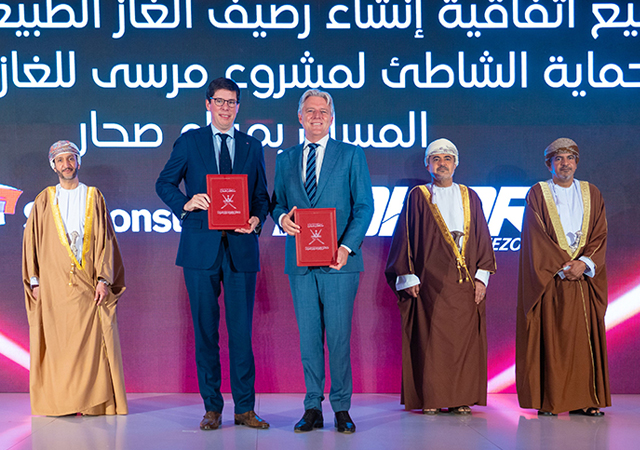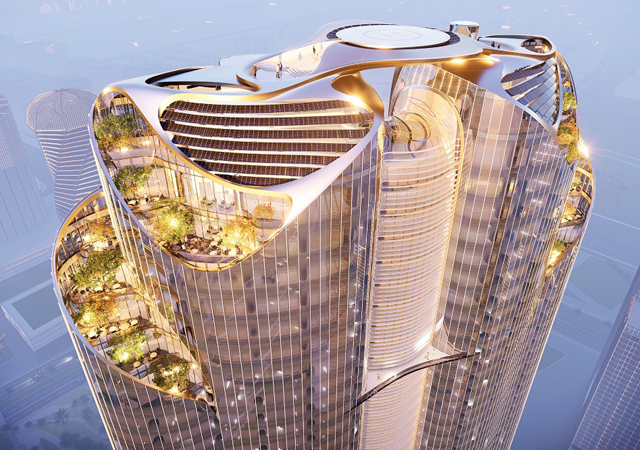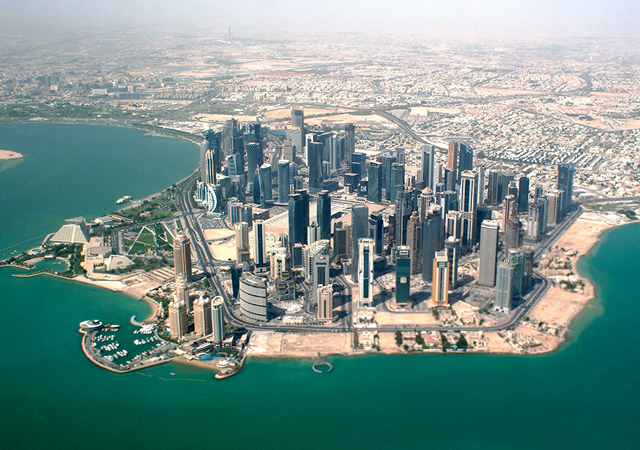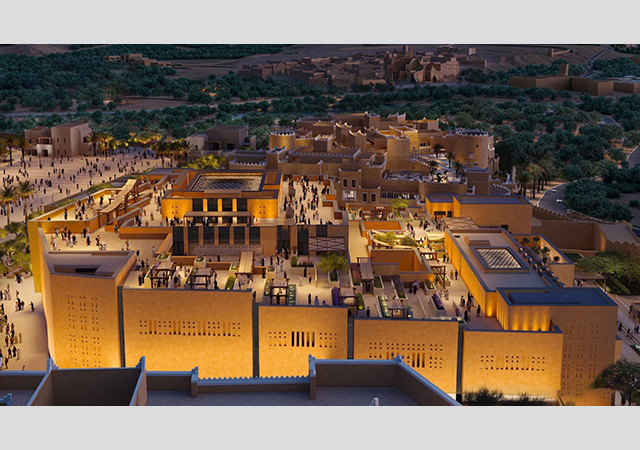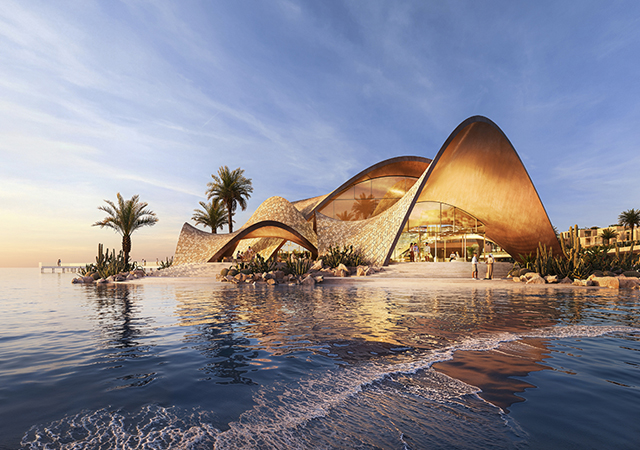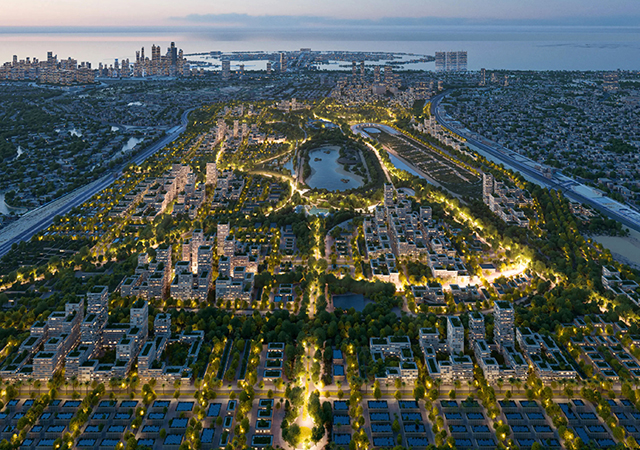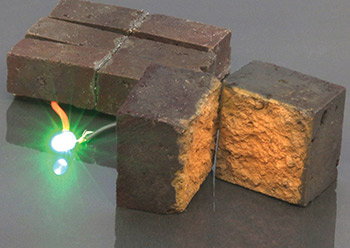 A brick shown directly powering a green LED light.
A brick shown directly powering a green LED light.
Red bricks can be converted into energy storage units that can be charged to hold electricity, like a battery, according to research from Washington University in St Louis, US.
Chemists at the university’s Arts & Sciences have developed a method to make or modify “smart bricks” that can store energy until required for powering devices. A proof-of-concept published last August in Nature Communications shows a brick directly powering a green LED light.
“Our method works with regular brick or recycled bricks, and we can make our own bricks as well,” says Julio D’Arcy, Assistant Professor of Chemistry.
While some architects and designers have recognised the humble brick’s ability to absorb and store the sun’s heat, this is the first time anyone has tried using bricks as anything more than thermal mass for heating and cooling.
D’Arcy and colleagues, including Washington University graduate student Hongmin Wang, first author of the new study, showed how to convert red bricks into a type of energy storage device called a supercapacitor.
“In this work, we have developed a coating of the conducting polymer Pedot, which comprises nanofibres that penetrate the inner porous network of a brick; a polymer coating remains trapped in a brick and serves as an ion sponge that stores and conducts electricity,” D’Arcy says.
The red pigment in bricks – hematite, which is an iron oxide compound – is essential for triggering the polymerisation reaction. The authors’ calculations suggest that walls made of these energy-storing bricks could store a substantial amount of energy.
“Pedot-coated bricks are ideal building blocks that can provide power to emergency lighting,” D’Arcy says. “We envision that this could be a reality when you connect our bricks with solar cells – this could take 50 bricks in close proximity to the load. These 50 bricks would enable powering emergency lighting for five hours.”
“Advantageously, a brick wall serving as a supercapacitor can be recharged hundreds of thousands of times within an hour. If you connect a couple of bricks, microelectronics sensors would be easily powered,” he adds.
– By Talia Ogliore.





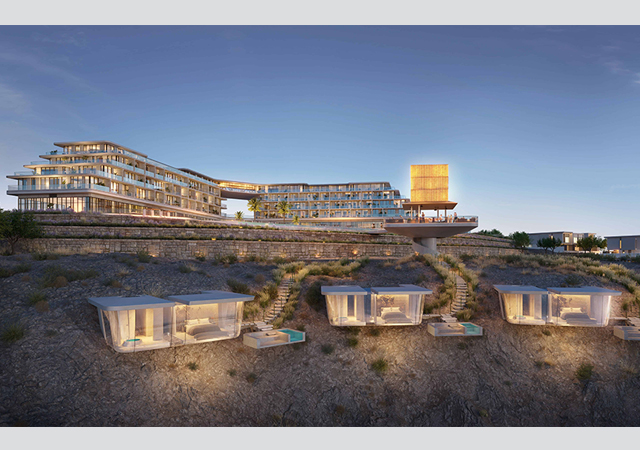
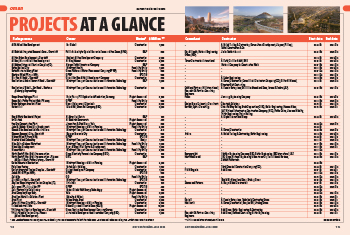




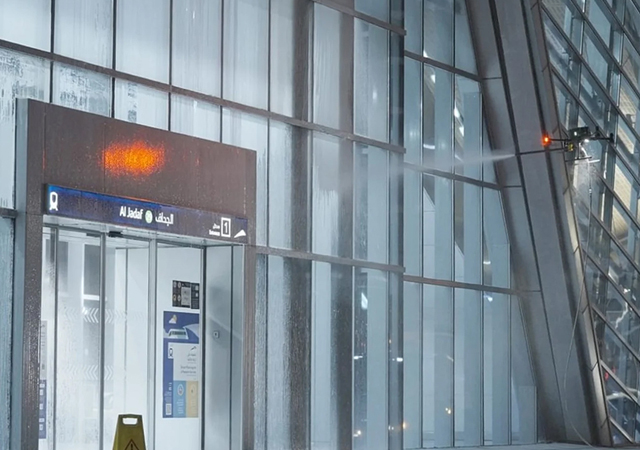
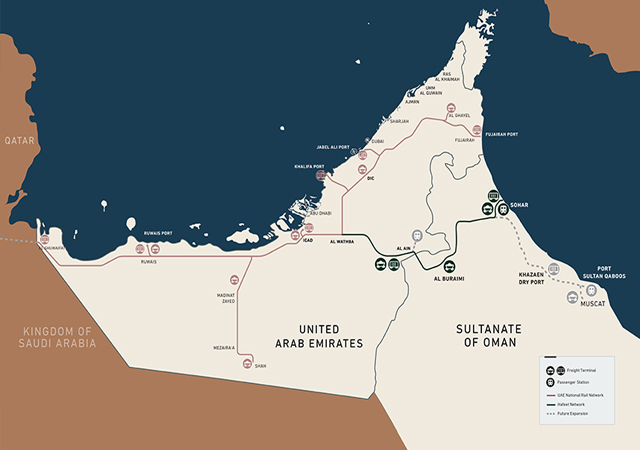
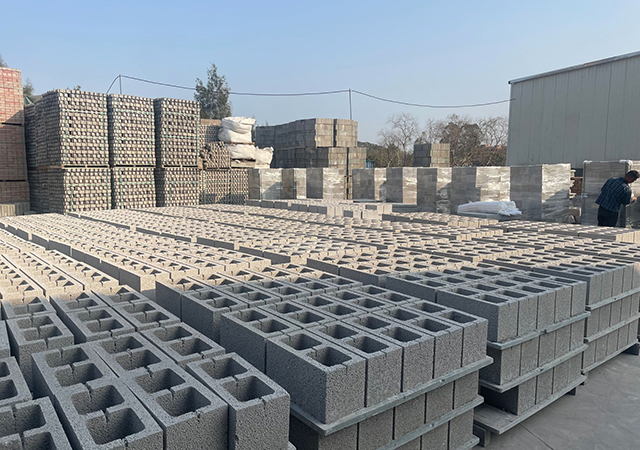
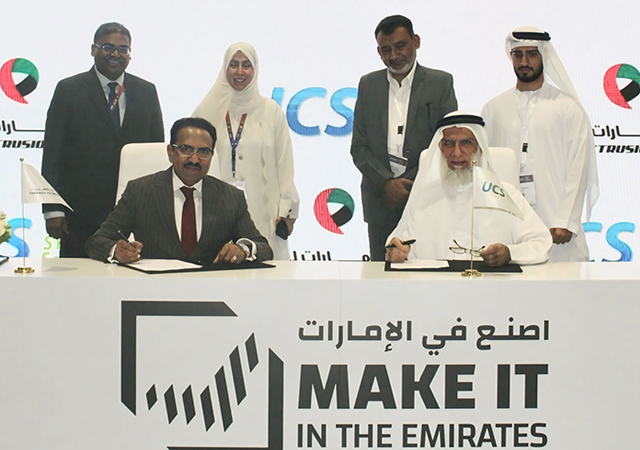

.jpg)
.jpg)
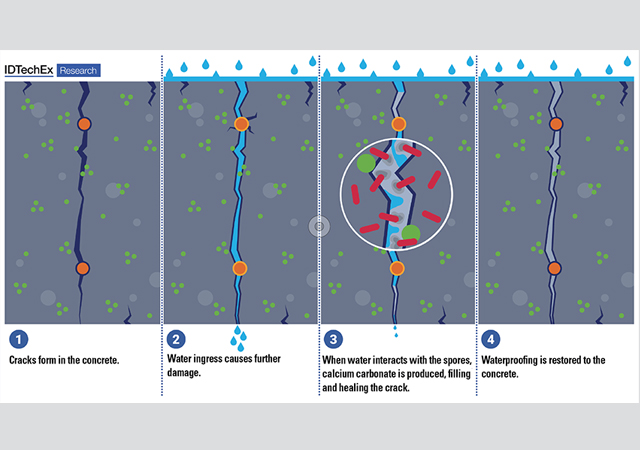

.jpg)
.jpg)
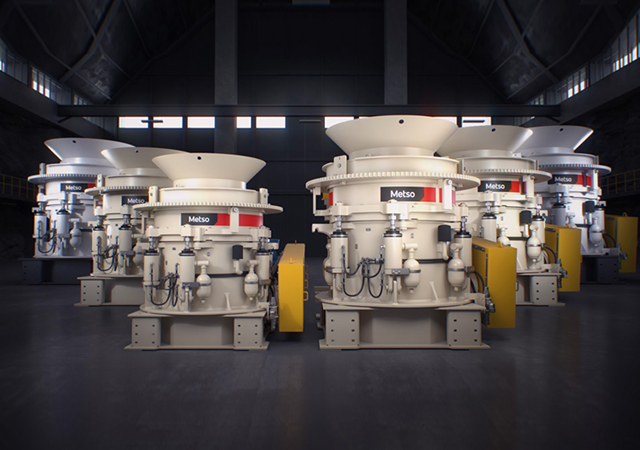
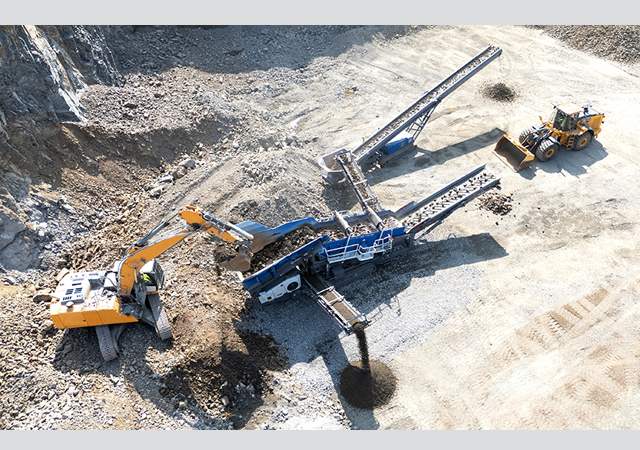
.jpg)


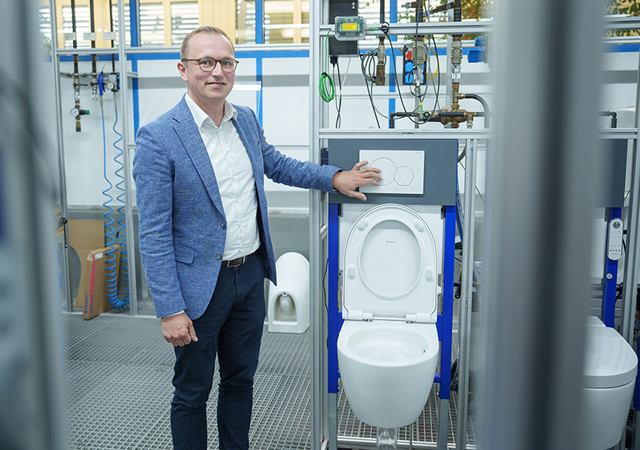
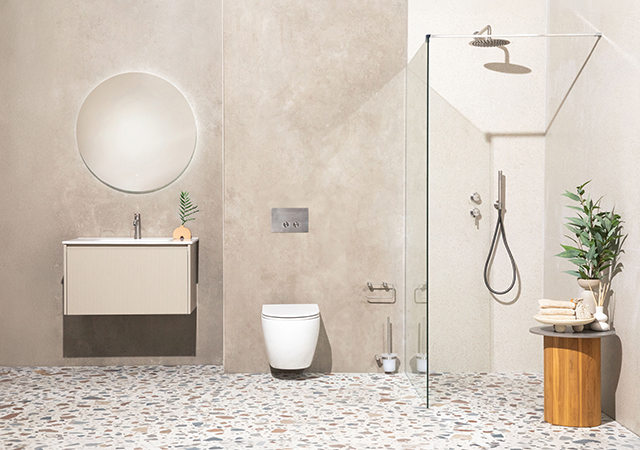
 Doka.jpg)





